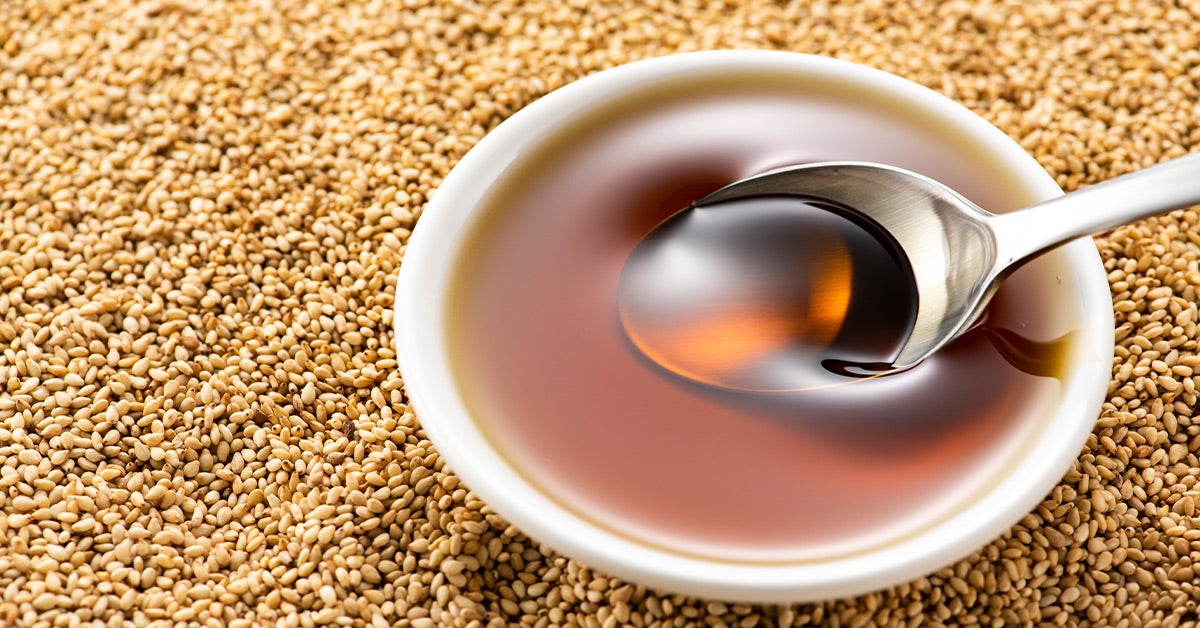Difference Between Acne and Pimples
The difference between acne and pimples is that acne is a disease and pimples are one of its symptoms.
Acne is a condition affecting the skin's hair follicles and oil glands.
Under your skin, your pores are connected to glands that make an oily substance known as sebum. The glands and pores are connected by a canal known as a follicle that has a thin hair that grows out to the skin's surface.
When sebum and dead skin cells clump together, they form a plug in the follicle. Bacteria in the plug causes inflammation, leading to red pimples in acne.
While the exact causes of acne haven't been identified, it's been determined that certain things can trigger acne or make it worse, such as:
- hormonal changes, such as puberty, pregnancy, and the menstrual cycle
- squeezing or picking at existing pimples
- cleaning or scrubbing your skin too vigorously
- pressure, such as from collars, hats, helmets, and backpack straps
- high humidity
- cosmetics, such oil-based products, sunscreen, and hair products
- medications, such as corticosteroids and anabolic steroids
According to the National Institute of Arthritis and Musculoskeletal and Skin Diseases, common beliefs that suggest stress and dirty skin cause acne aren't true.
Also, greasy foods and chocolate don't cause acne in the majority of people.
Different symptoms can indicate different types of acne and include:
- blackheads: plugged pores on the skin's surface, open
- whiteheads: plugged pores, under the skin's surface, closed
- papules: small, tender red or pink bumps
- pustules: papules with pus on top
- nodules: large, painful lumps deep under the skin's surface
- cysts: painful, pus-filled lumps under the skin's surface
Dermatologists typically prescribe a topical retinoid for your acne, such as topical tretinoin or adapalene.
Learn more about the benefits of retinoids for skin.
Any other prescriptions or recommendations may depend on the type of acne being treated. Sometimes, over-the-counter (OTC) medications are recommended as well.
Recommended OTC acne medications commonly include active ingredients, such as
- differin (adapalene 0.1 percent), which is an OTC topical retinol
- benzoyl peroxide
- salicylic acid, though this isn't commonly recommended in an acne regimen
In addition to topical retinoids, prescription topical medications commonly used to treat acne include:
- antibiotics, such as topical clindamycin
- azelaic acid
Prescription oral medications commonly used to treat acne include:
- anti-androgen agents, such as off-label use of spironolactone
- antibiotics, such as off-label use of doxycycline
- combined oral contraceptives
- isotretinoin
Your dermatologist might also recommend therapy in combination with medication or on its own. Therapies for acne include:
- chemical peel
- light therapy, such as photodynamic therapy or intense pulsed light (IPL) therapy
There are many self-care steps you can take to help prevent acne or to help heal and keep acne manageable. Here are a few to try:
- Wash your face with warm water and a mild facial cleanser.
- Use noncomedogenic hair products, sunscreen, and makeup.
- Avoid squeezing or picking at blemishes.
- Avoid touching your face with your hands, your phone, and your hair.
- Maintain a healthy diet, and avoid skim milk and food products with high glycemic load.
Acne is a common skin disorder, and pimples are a symptom of that condition.
While the exact causes of acne haven't been determined, there are a number of self-care, OTC, and prescription options to help you reduce or eliminate acne and the pimples that accompany it.
-
 6 interesting genetic traits that children will inherit from their parents
6 interesting genetic traits that children will inherit from their parents
-
 7 effects of asparagus on child development
7 effects of asparagus on child development
-
 Does cutting blood hair for babies bring good luck?
Does cutting blood hair for babies bring good luck?
-
 The more babies eat, the higher the height they develop, especially the second kind
The more babies eat, the higher the height they develop, especially the second kind
-
 Children with chicken pox should eat to quickly recover from the disease, without leaving a deep scar?
Children with chicken pox should eat to quickly recover from the disease, without leaving a deep scar?
-
 The more food is cooked, the better it can be for health, especially the second type
The more food is cooked, the better it can be for health, especially the second type
-
 Implantation Signs and Symptoms: Bleeding, Cramps, Pain, and More
Implantation Signs and Symptoms: Bleeding, Cramps, Pain, and More
-
 How to Effectively Talk About Pain with Your Doctor
How to Effectively Talk About Pain with Your Doctor
-
 Chronicon: Where Folks with Chronic Conditions Can Connect & Learn
Chronicon: Where Folks with Chronic Conditions Can Connect & Learn
-
 Can You Use Sesame Oil for Hair? Yes, Why, Why Not, and How
Can You Use Sesame Oil for Hair? Yes, Why, Why Not, and How
-
 5 fruits should not be stored in the refrigerator
5 fruits should not be stored in the refrigerator
-
 Kidney stones, 5 habits that cause you to have kidney stones
Kidney stones, 5 habits that cause you to have kidney stones































